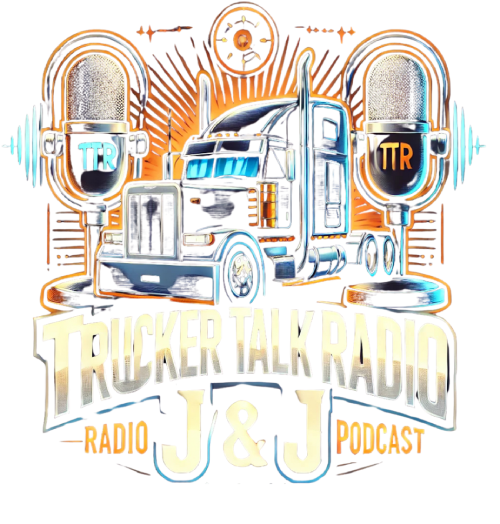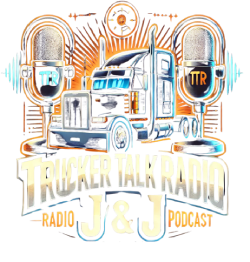Fleets are continually embracing new technologies and evolving operational demands. In response, Peterbilt is enhancing its product development approach for both highway and vocational segments. During a recent meeting, executives detailed how design enhancements, powertrain diversification, and intelligent integrations are influencing both current and future models, all while solidifying the company’s standing in critical markets.
“Specifically, in the Class 8 segment, we attained a remarkable 15.3% market share last year, which is an impressive achievement. Our medium duty market share also rose by 1.3%, reaching 9%,” said Jake Montero, general manager of Peterbilt and PACCAR vice president. “We captured 21.2% of the vocational and refuse market share, leading in this area for Peterbilt. We have always maintained a strong position in vocational revenue, exceeding 21%.”
Adaptability Boosts Peterbilt’s Vocational Offerings
Peterbilt remains focused on flexibility in its vocational products. Customers demand trucks tailored for specific tasks such as refuse collection, construction, and concrete delivery. Company representatives highlighted that even as in-cab technology and interface designs evolve, customization remains a critical aspect. Peterbilt continues to offer vocational adaptability while transitioning from physical gauges to digital interfaces, which are activated only when necessary.
“As leaders in vocational market share, we must ensure that the options and expectations for a mixer, refuse truck, or dump truck align with application requirements,” stated Scott Newhouse, chief engineer at Peterbilt. “That’s why factory flexibility is so crucial for us.”
New Engine Platform Enhances Natural Gas Usage
Ongoing product development emphasizes alternative fuel solutions, especially natural gas. While natural gas has primarily been used in return-to-base scenarios, Peterbilt is witnessing increased interest with the introduction of the Cummins X15N 15-liter engine platform.
“We have been selling natural gas units for several years, typically for specific applications,” noted Montero. “However, we are noticing more on-highway customers exploring routes that could be suited for natural gas.”
Digital Technologies Meet Modern Driver Demands
As driver demographics change, Peterbilt is incorporating advanced technology to align with evolving expectations regarding comfort, productivity, and connectivity. Manufacturers are now standardizing features like LED headlights, customizable digital displays, and infotainment systems in production models.
“From a safety standpoint, fleets and customers expect integrated technology in their trucks,” Newhouse mentioned, referring to features like the Peterbilt digital dashboard, visibility enhancements, and functional upgrades from advanced lighting systems.
Market Dynamics Shape Product Development
Peterbilt bases its product strategy on operational capabilities and market performance. As a significant player in the vocational market, the company continues to innovate in highway platforms. Peterbilt emphasizes constructing trucks designed for practical, task-specific functions. Technology enhances the daily experience for both drivers and fleet managers.
The company aims to create vehicles incorporating built-in flexibility, efficient serviceability, and support for emerging technologies, while ensuring the structural and functional reliability that their operations demand.


